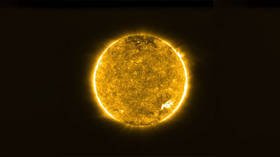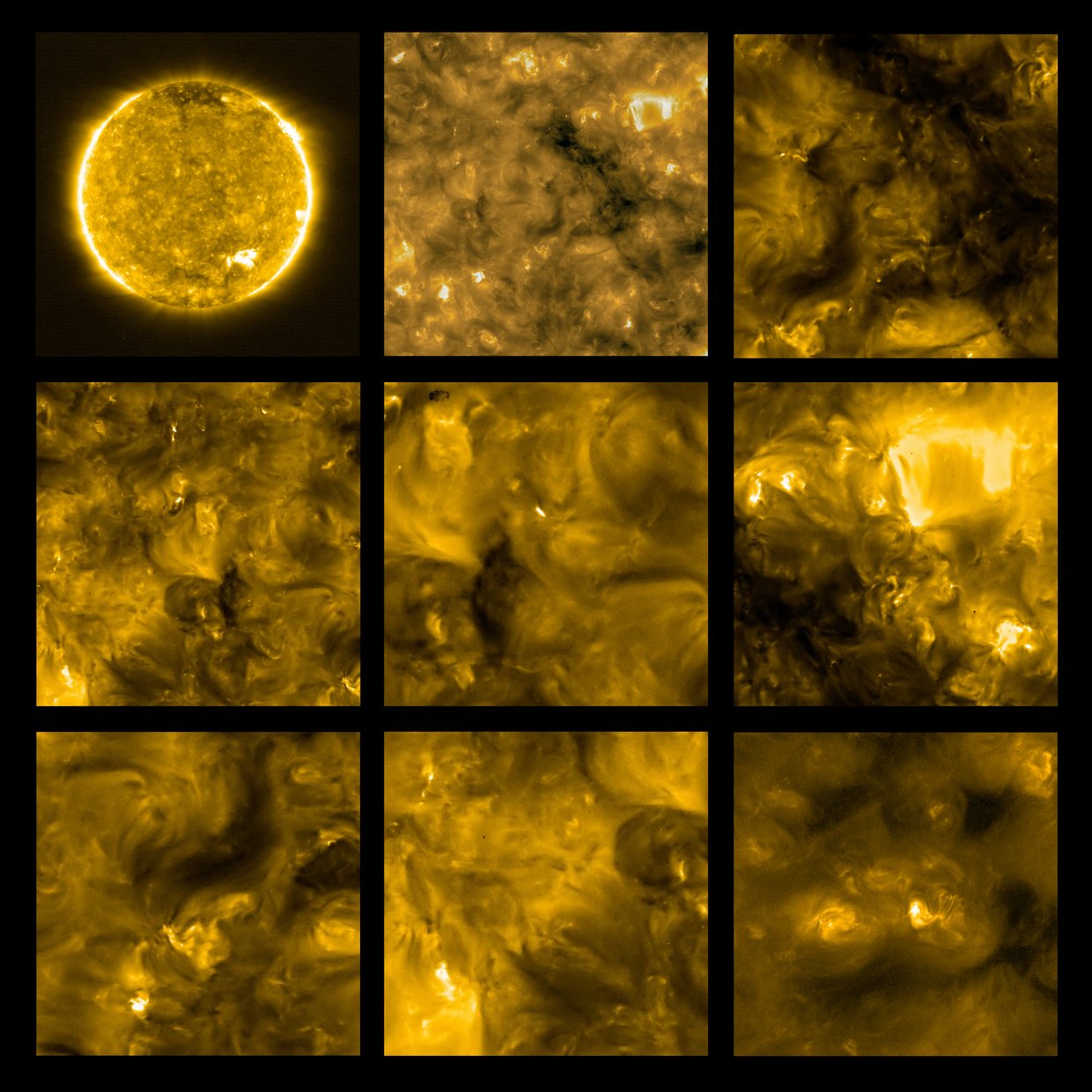Incredible closest-ever PHOTOS show Sun ablaze with smaller fires, fueling theories about its intensely hot atmosphere

Scientists have been blown away by the stunning details revealed in the closest images ever captured of our star. Taken by the ESA’s Sun Orbiter satellite, they reveal the star is even more fiery than was previously thought.
Mere months after launch, the spacecraft has already travelled within 77 million kilometers (48 million miles) of the Sun's surface – roughly half the distance between the star and Earth. The images were snapped as the satellite traveled between the orbits of Venus and Mercury and reached a point known as the ‘perihelion’ (the position in its elliptical orbit when it comes closest to the Sun).
In a statement to the press on Thursday, David Berghmans, principal investigator of the orbiter’s extreme ultraviolet imager instrument, told of his disbelief at the quality of the images the satellite had captured.
“When the first images came in, my first thought was this is not possible, it can’t be that good,” said Berghmans. “It was much better than we dared to hope for.”
The shots, taken by the ultraviolet imager on May 30 and released on July 16, revealed a fiery hellscape of smaller solar flares, thought to be caused by interactions in the Sun’s magnetic fields. It is thought that these ‘campfires’ – smaller in scope by a magnitude of millions and billions than the solar flares we see from Earth – could be part of the reason why the sun’s outer atmosphere, or ‘corona’, is three hundred times hotter than its core.
The region’s intense heat has long left scientists puzzled as to why it is hotter than the actual surface.
The Solar Orbiter project is designed to help scientists better understand the Sun’s atmospheric layers, as well as analyze the solar wind – a stream of charged particles released from the corona. It’s thought that this wind is what defines phenomena such as comets’ tails, and that it carries the Sun’s radiation. By monitoring the solar wind, scientists hope we can better prepare for space weather events that could damage our electronic infrastructure here on Earth as they interact with our planet’s magnetosphere.

Higher resolution images of the Sun have previously been captured here on Earth, but they lack certain details due to our planet’s atmosphere filtering out some ultraviolet and x-ray wavelengths. In space, no such restrictions exist.
“Because Solar Orbiter is at a different angle to the Sun than Earth, we could actually see one active region that wasn’t observable from Earth. That is a first. We have never been able to measure the magnetic field at the back of the Sun,” said Sami Solanki, the director of the Max Planck Institute for Solar System Research in Göttingen.
Within the next two years, the solar explorer is due to come within 42 million kilometers of the Sun, and the researchers are already excited about what it may reveal next. “We are all really excited about these first images – but this is just the beginning,” said Solar Orbiter project scientist Daniel Müller.
Like this story? Share it with a friend!














